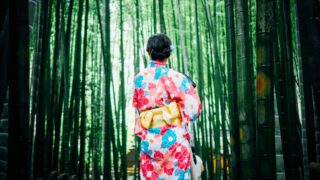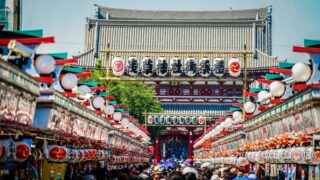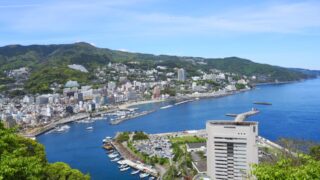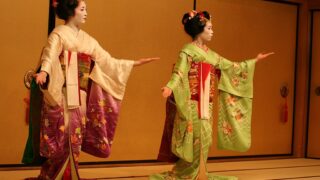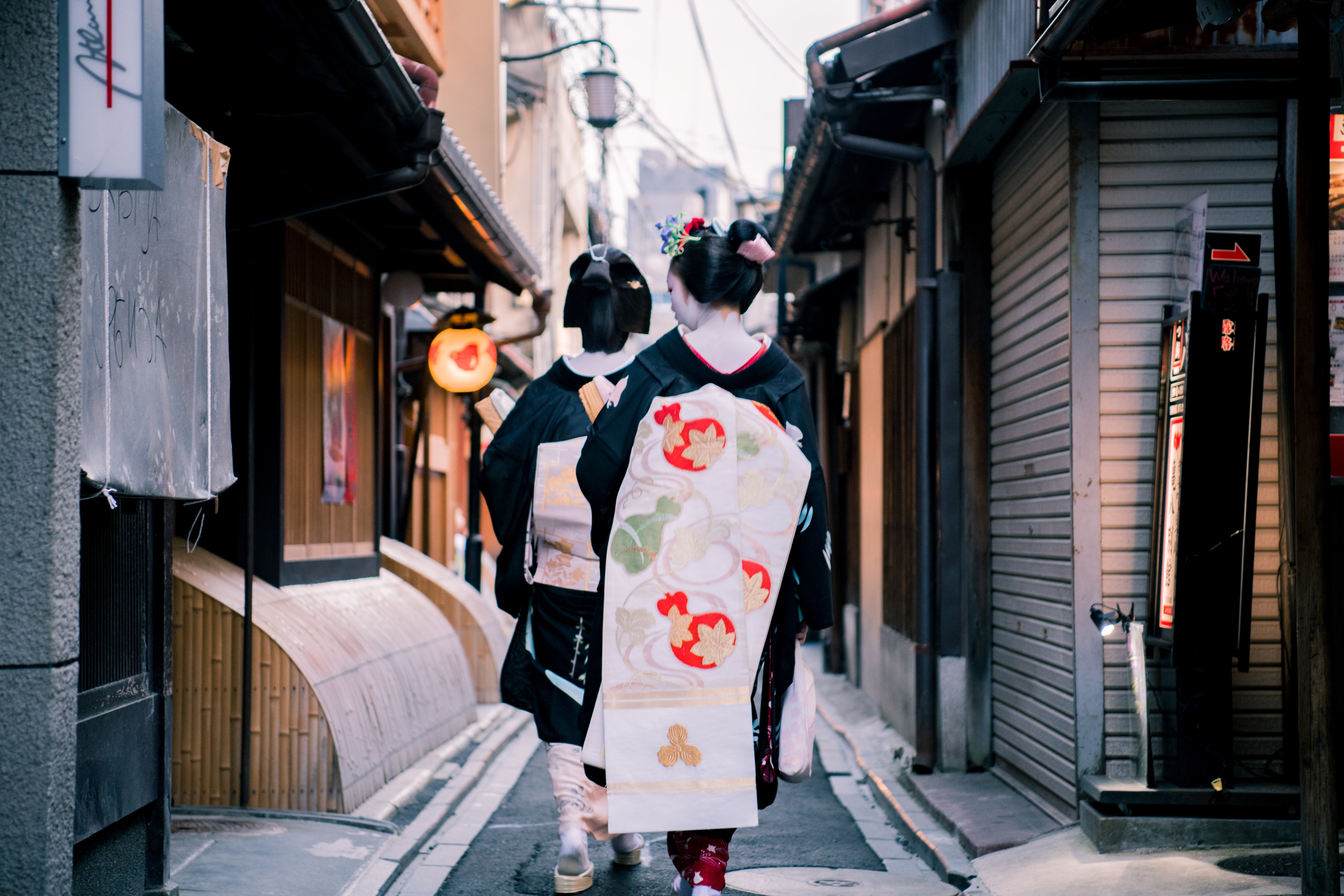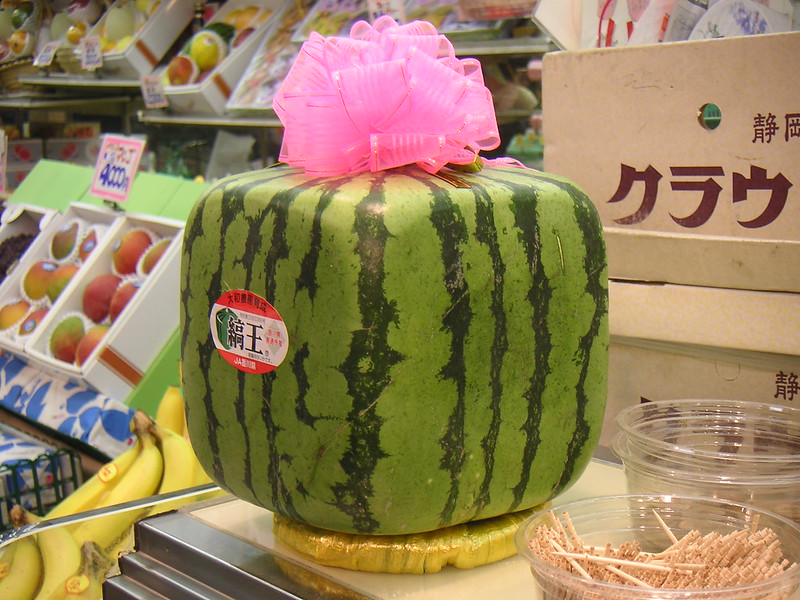
Mao Goto is a Japanese freelancer who was born in Hayama, Kanagawa prefecture, and raised in Tokyo. Since 2016 she lives in the Taito Ward, home to a lot of Japanese culture hotspots such as Asakusa, Akihabara, and Ueno. She has been interested in the field of English education in Japan and got her Master’s degree in March 2020. A lover of photography, travel, sweets, and cross-stitch. Contact her via Facebook.
This post may contain some affiliate links. When you click through and make a purchase we may receive some commission, at no extra cost to you.
When you arrive in Japan, what would be your top priority… indulging in delicious, authentic Japanese cuisine, or immersing yourself in the country’s iconic destinations?
Don’t worry, you don’t need to choose, “both” is clearly the best answer! There are various activities, locations, and other experiences to enjoy in Japan. This time around, lets talk about visiting Hanamachi (花街), renowned for its “Geisha town” experience. In Japan, there are several famous places associated with Geisha who have thrived throughout the country’s history. In this article, we will explore what Hanamachi is and how we can visit these charming and historically significant locations to experience the wonderful world of Geisha, and thus the rich expanse of Japanese culture.
1. What is a Hanamachi?
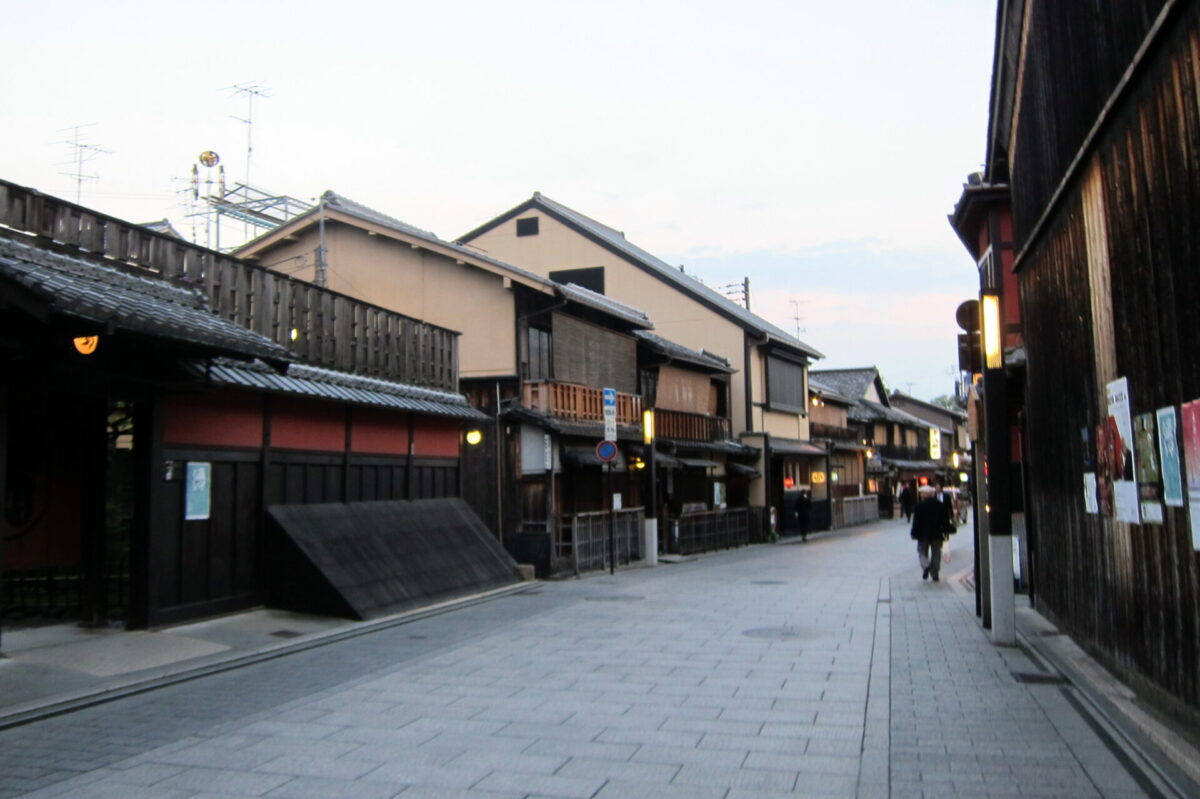
Hanamachi is a historical Japanese district where many Geishas work. A hanamachi (花街) is an area where teahouses and Okiya (lodging house) are clustered together. While they are viewed as a different world- as imagined by the phrase “no first-time visitors,” they have recently become a popular tourist attraction for foreigners visiting Japan. Hanamachi are attracting attention as places where visitors can experience Japanese aesthetics and traditions. Hanamachi districts are located all over Japan, and one of the most famous ones is in Gion, Kyoto. If you visit these Hanamachi districts, you may be lucky to meet Geisha.
2. History of Hanamachi and Geisha

Geisha, also known as “Geiko” in Kyoto, is a female profession that provides traditional Japanese entertainment. Its origins dates back to the Heian period, when women called “shirabyoushi (白拍子)” performed music and dance. In the Edo period, dancers called “Ougiya Kasen (扇屋花扇)” appeared in Yoshiwara and other Hanamachi districts, entertaining customers at drinking establishments with their amusing performances and shamisen music. As the presence of Ougiya Kasen spread, women who performed songs and dances appeared in Yoshiwara and other Hanamachi, and developed into geiko. Geiko, while possessing artistic and musical skills, also serves to add fun and excitement to the atmosphere of the guests’ tatami room. Geiko are deeply rooted in traditional Japanese culture and are of high interest to foreign visitors of Japan. Known for their beautiful kimonos and unique makeup styles, no exaggeration to say they embody the elegance and grace of Japan. When visiting Japan, you should enjoy the opportunity to experience geiko and hanamachi culture.
3. Hanamachi in Japan: Where to See Geisha
Kyoto Area
Kyoto is, as you may already know, a great hub for experiencing traditional Japanese culture and customs. Things like Matcha, visiting shrines, and of course Geisha experiences are top notch here.
・Gion
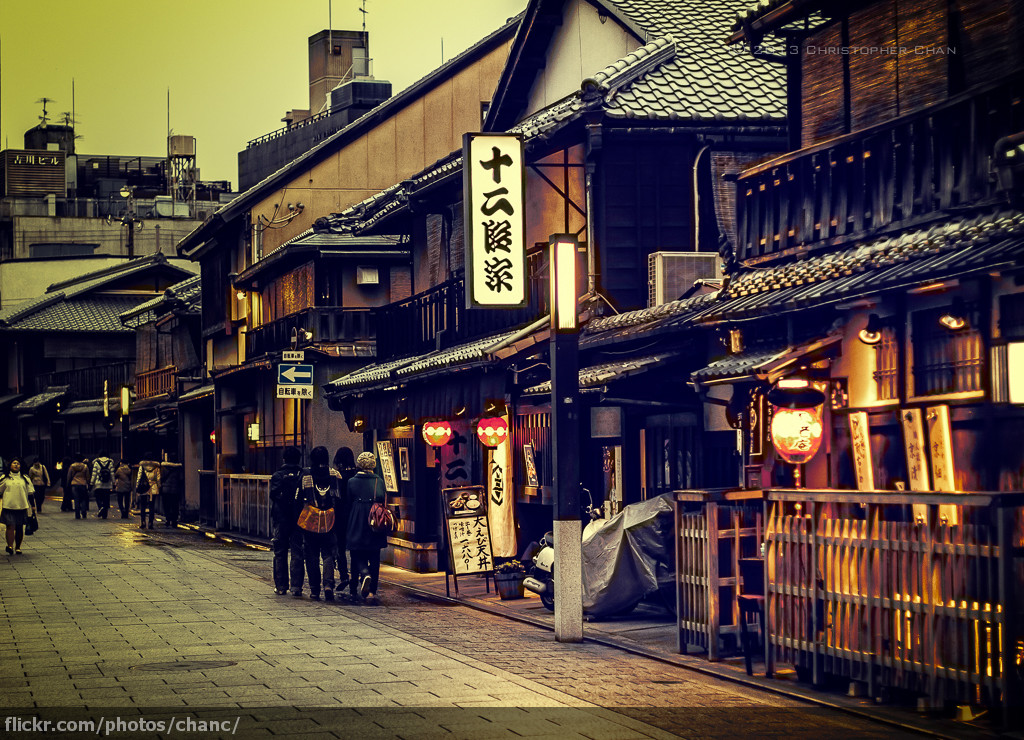
Gion is one of Hanamachi districts located in the center of Kyoto City. Here gather geisha houses, waiting rooms and ryoteis (Japanese-style restaurants) . Many people think of geisha when they hear the word “Gion”. For foreign visitors of Japan, Gion is an attractive place to experience geisha culture and traditional atmosphere in Kyoto.
The chances of seeing geisha out and about isn’t exactly high, and truly being able to interact with them is slim to none! Rest assured we’ve got you covered with this inclusive, immersive experience below!
・Miyagawa cho

Miyagawa-cho is a charming street that stretches across Kyoto City and runs from Shijo-dori to Gojo-dori. It is one of Kyoto’s most famous Hanamachi streets, and like Gion and Pontocho, it is lined with teahouses belonging to geiko and maiko. Strolling through Miyagawa-cho, one can expect to see geiko and maiko amidst the elegant streets.
Official website: Miyagawa Cho
・ Kamishichiken

Kamishichiken is located in Kyoto City where the surrounding area is tastefully lined with machiya (traditional townhouses), including teahouses, ryoteis, and private homes. It is one of Kyoto’s five Hanamachi districts, and the smallest in size. Kamishichiken is the oldest hanamachi in Kyoto and also has a history as a red light district. Kamishichiken was known as a “Hanamachi of the arts” and was especially frequented by the masters of the Nishijin district.
・ Pontocho
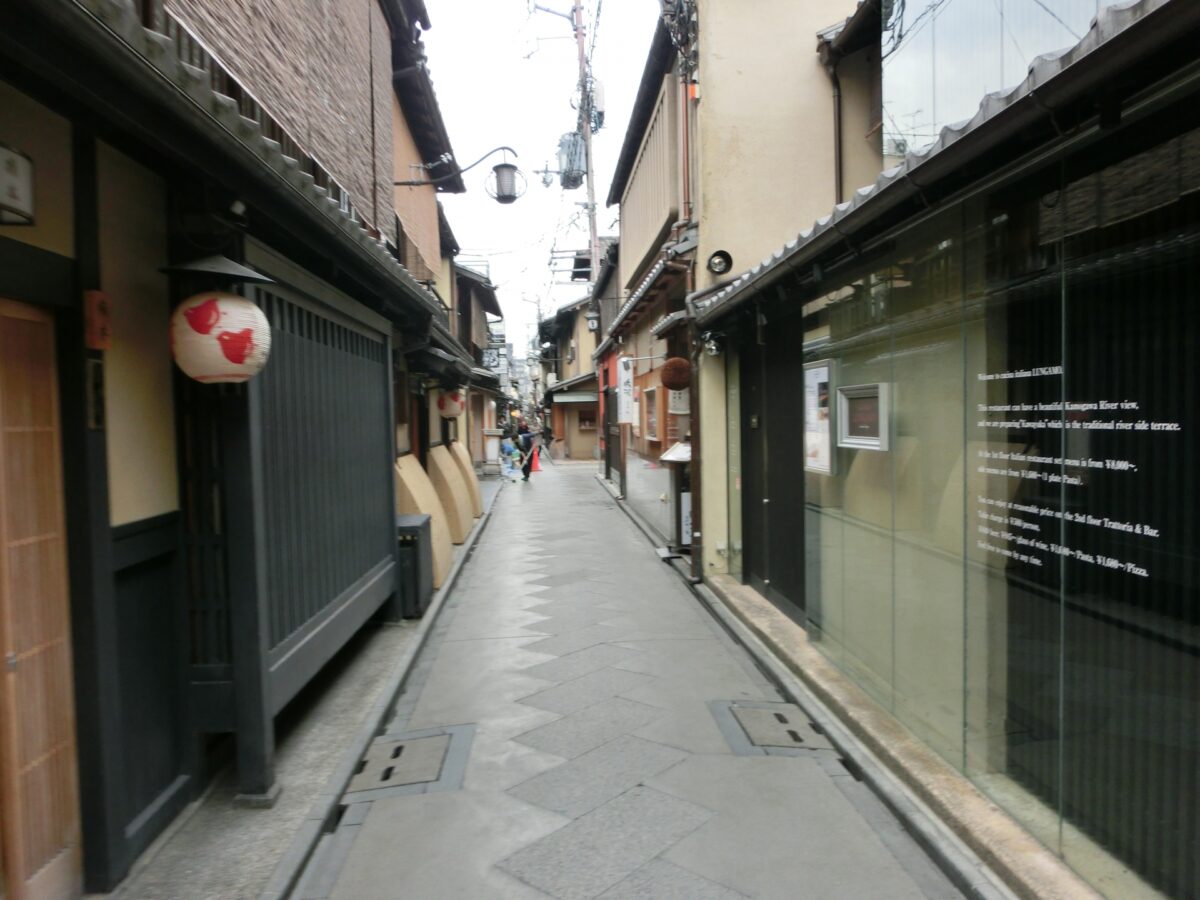
Ponto-cho is a hanamachi extending from Sanjo to Shijo. This street is lined with traditional japanese-style teahouses, called okiya, and restaurants with red latticework flanking both sides of the streets.
Ponto-cho offers a tasteful atmosphere where visitors can enjoy traditional arts, dances and music.
Tokyo Area
As the capital of Japan, Tokyo is of course full of cultural experiences. If your trip itinerary is mainly Tokyo, you won’t need to travel outside of the city for a geisha experience!
・Asakusa
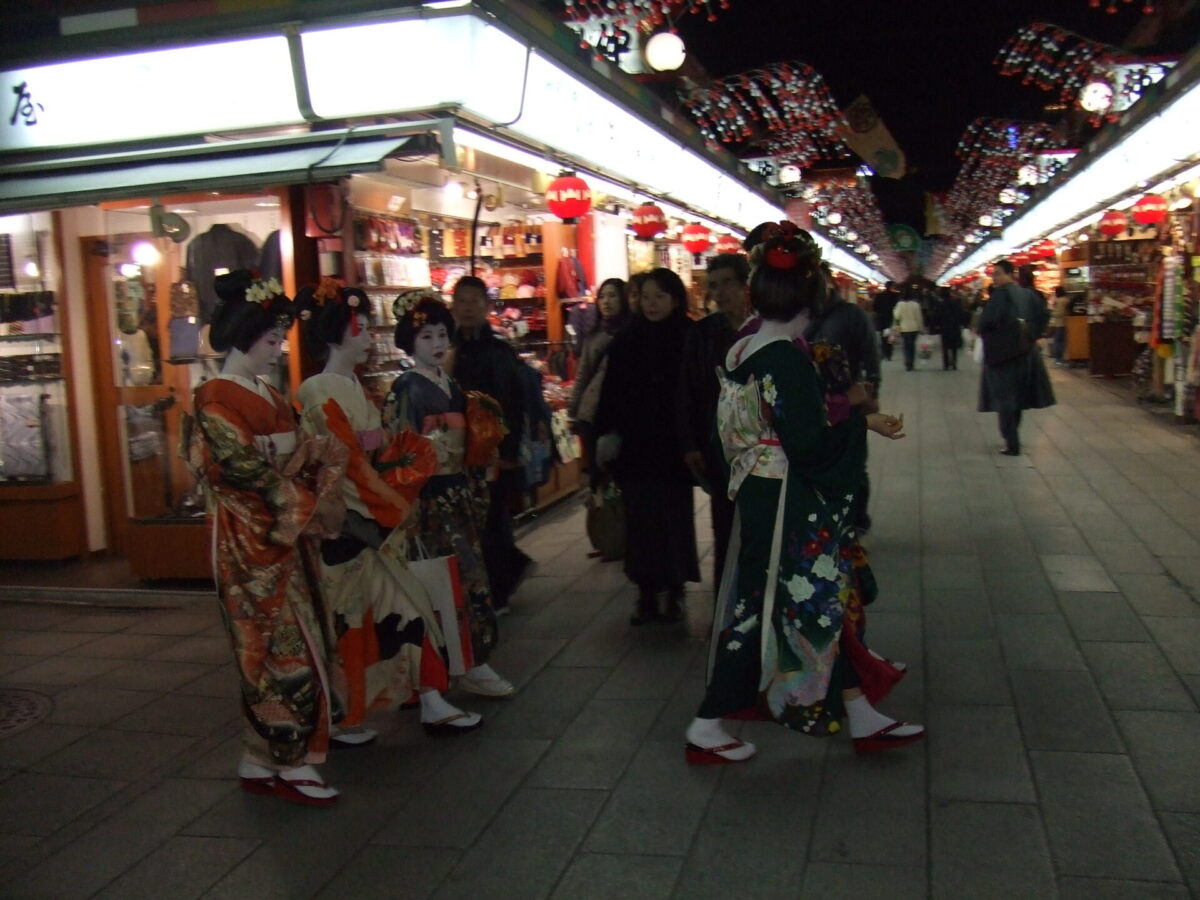
Asakusa Hanamachi is one of the six Hanamachi districts in Tokyo, which began in the mid-Edo period. The area was temporarily devastated by the Great Kanto Earthquake and the war, but thanks to the efforts of those involved to rebuild and revive the area, its history and traditions are still being carried on today. 17 geisha were in the area as of 2021.
・Yoshicho
Yoshicho is one of Japan’s most famous Hanamachi, a historical place that has produced famous geiko such as Sadayakko Kawakami and Katsutaro. They became prominent in the cultural world as geiko turned to actresses and singers.
The area once enjoyed a period of prosperity from the end of the Edo period to the Showa period, but recently it has been in decline. However, their historical charm remains, and they still offer an interesting experience for visitors.
・Shinbashi
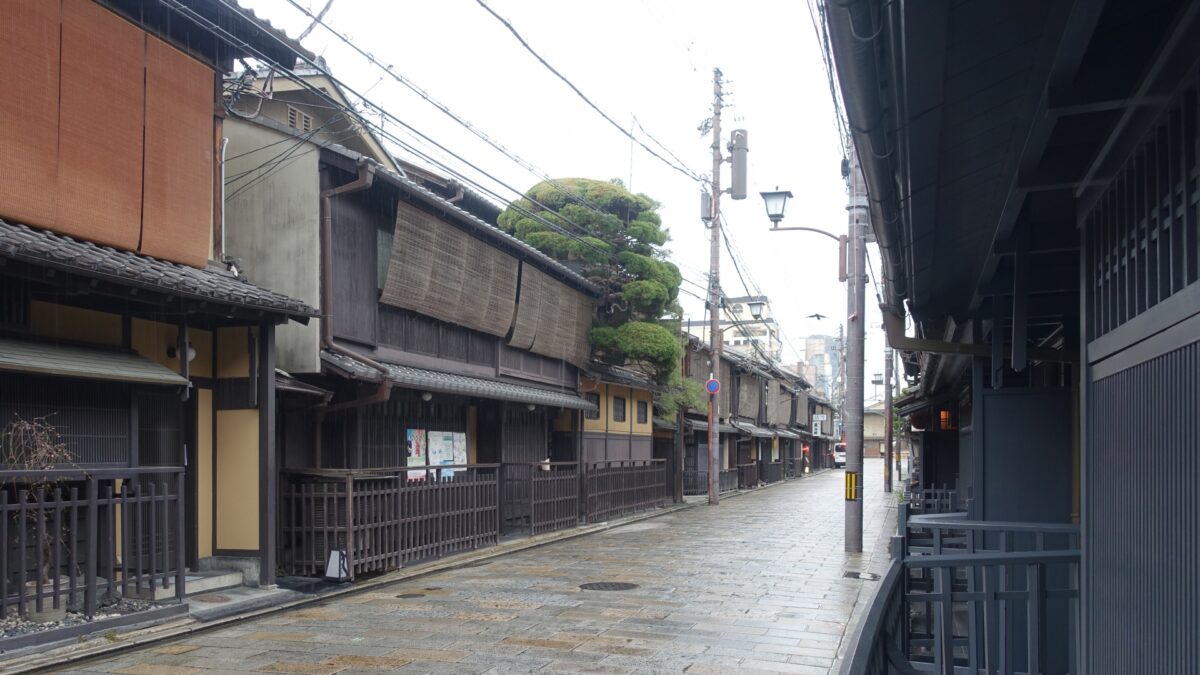
Shinbashi is one of Tokyo’s representative Hanamachi districts and is known as the “Shinbashi of the Arts”. Here, wonderful songs, dances, and performing arts have been performed throughout its long history. This tradition has been passed down to the present day, and the pursuit of the arts continues unceasingly.
・Hachioji
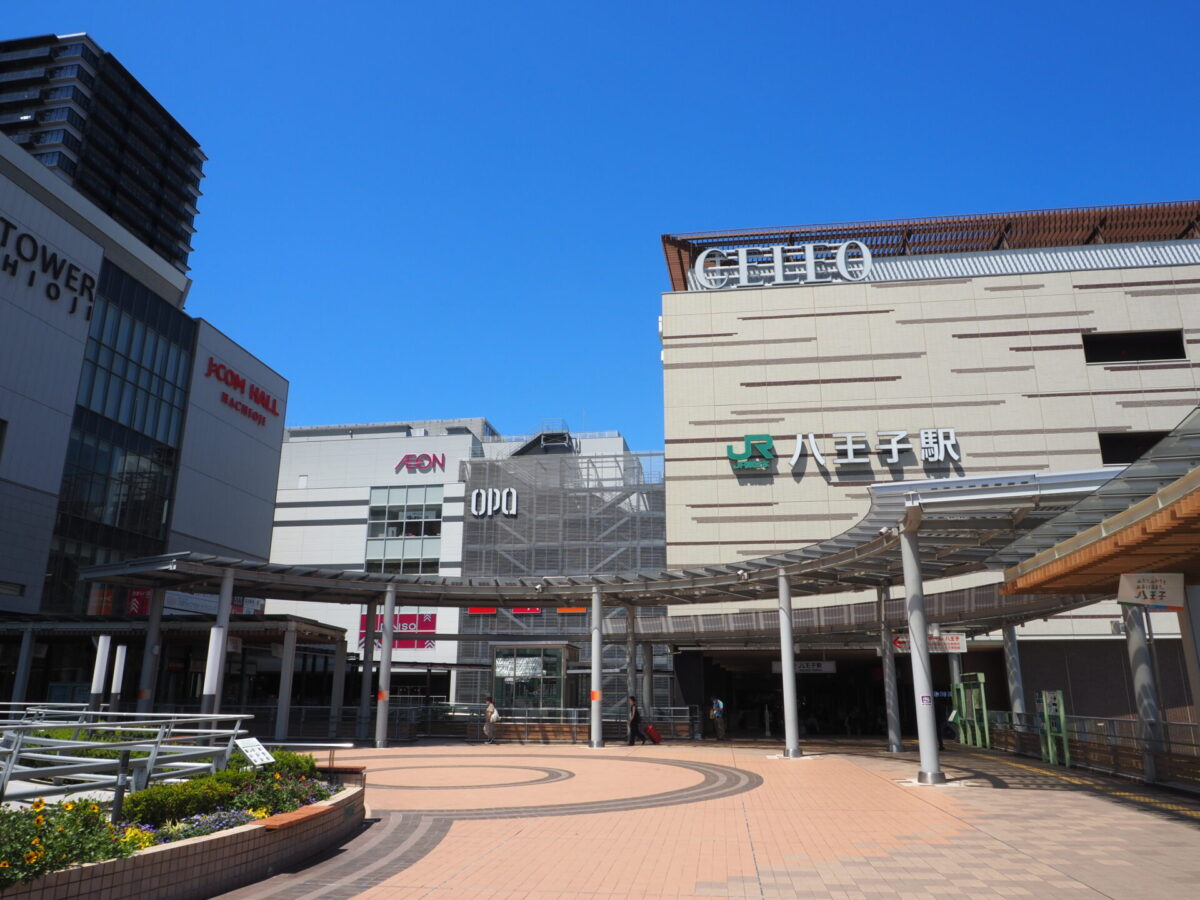
Hachioji is the only place having Hanamachi district outside of the 23 wards of Tokyo. The textile industry once flourished and thrived from the Taisho era until the early postwar period. Along with the textile industry, Hachioji’s hanamachi flourished as well. However, with the decline of the textile industry, the existence of the hanamachi was in jeopardy, so a group of volunteers formed an organization to preserve this hanamachi. They continue to preserve the traditions of the hanamachi through activities such as willow tree planting, and to pass on its tasteful appearance to future generations.
・Mukojima

The Mukojima area is located in Sumida Ward and extends along the Sumida River. The Asakusa area can be accessed by crossing the Sumida River, and the Tokyo Sky Tree towers to the south. This area has long flourished as a Hanamachi district, with many restaurants and other establishments lining the streets. It’s worth mentioning that Mukojima houses the highest concentration of geisha in Tokyo, with nearly half of them living there.
・Kagurazaka

Kagurazaka is a charming area lined with fashionable and modern cafes and stores. It once had a history as a hanamachi, and its fragrance still lingers today. At the end of the alleys, “Geisha Shindo (芸者真道)” and “Kakurenbo Yokocho (かくれんぼ横丁)” stretch out, dotted with famous geisha houses and ryotei. Kagurazaka is also an attractive destination where tourists and visitors can take a break at a café and browse through fashionable stores, or venture down the cobblestone alleys and get a taste of history and culture.
Osaka Area
Osaka is a must visit area (especially for you foodies) during your trip to Japan. Plenty of tasty meals and cultural experiences await!
・Shinmachi

In the past, a beautiful river flowed through this area, over which a bridge called “Shinmachi Bridge” crossed. After crossing the bridge, a magnificent gate called “Daimon” appeared, and beyond it was an unusual townscape. This is the origin of “Shinmachi Yugaku (新町遊郭)” one of the three largest yugaku in Japan, which flourished during the Edo period. This is a historic hanamachi that dates back even further than Yoshiwara and Shimabara. Why not visit this place and feel the good old Hanamachi?
Shizuoka Area
Shizuoka is a great coastal city not too far from Tokyo. great beaches and immense tea leaf plantations attract many visitors, geisha included!
・Atami
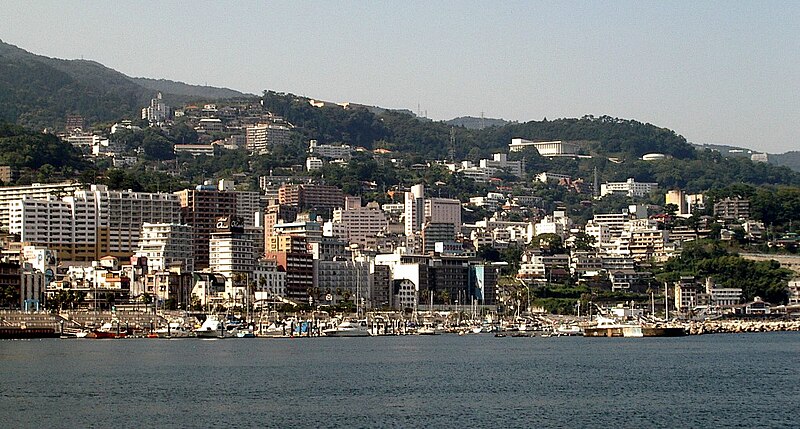
Atami City in Shizuoka Prefecture is one of the most popular hot spring resorts in Japan, attracting many tourists. But did you know that it is actually known not only as a hot spring resort, but also as one of the most famous flower towns in Japan? In the center of Atami City, there is a special place called “Atami Geigi Kenban (熱海芸妓見番)” where you can watch geiko dance and play the shamisen, which are rarely seen in other places. It may be a good idea to experience geiko culture and relax in the hot springs.
Kanazawa Area
Kanazawa is a region bursting with traditional vibes and interesting things to discover. While its not as much of a metropolis as other cities, its still worth visiting (especially to maybe meet a geisha!).
・Higashi Chaya
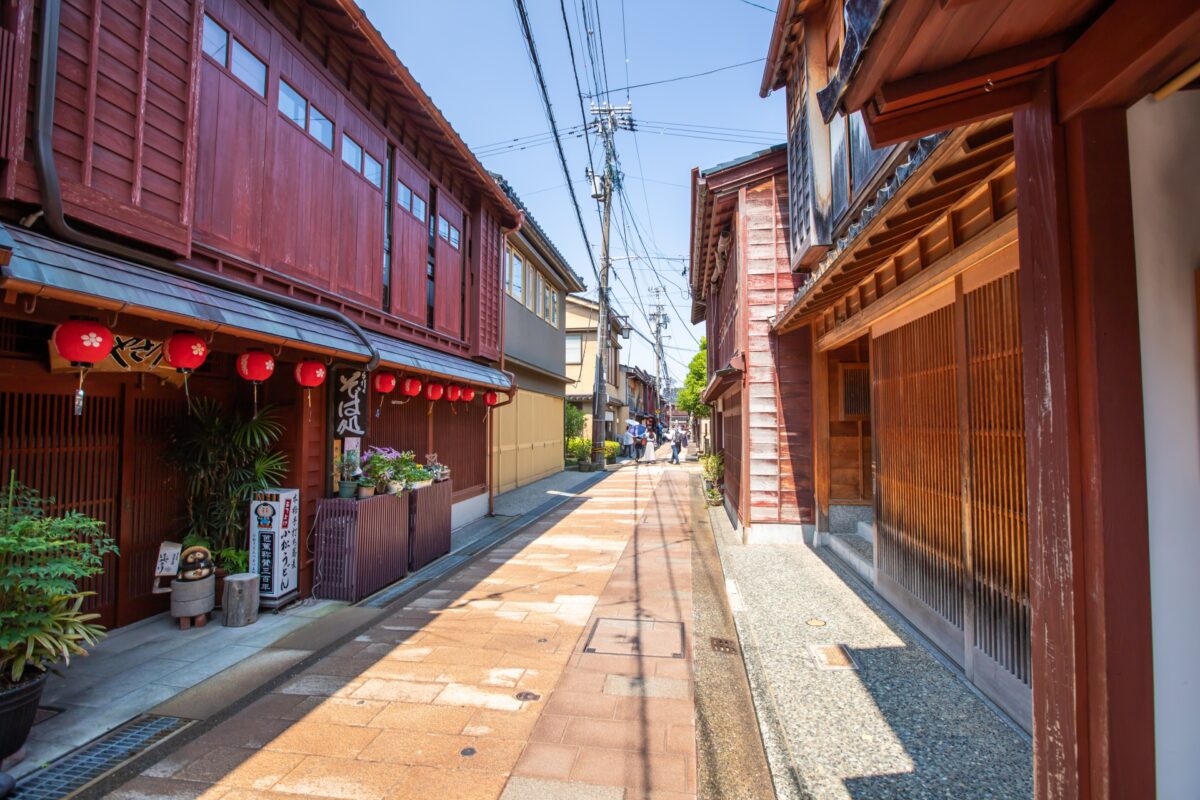
This Higashi-chaya area, lined with vermilion Japanese-style houses similar to the atmosphere of Asakusa in Tokyo. It has long been famous as Kanazawa’s most prestigious Hanamachi area. Today, five stores are in operation and are staffed by active geiko. It is worthwhile to immerse yourself in the atmosphere of Kanazawa’s proud Hanamachi in this town full of emotion.
・Nishi Chaya
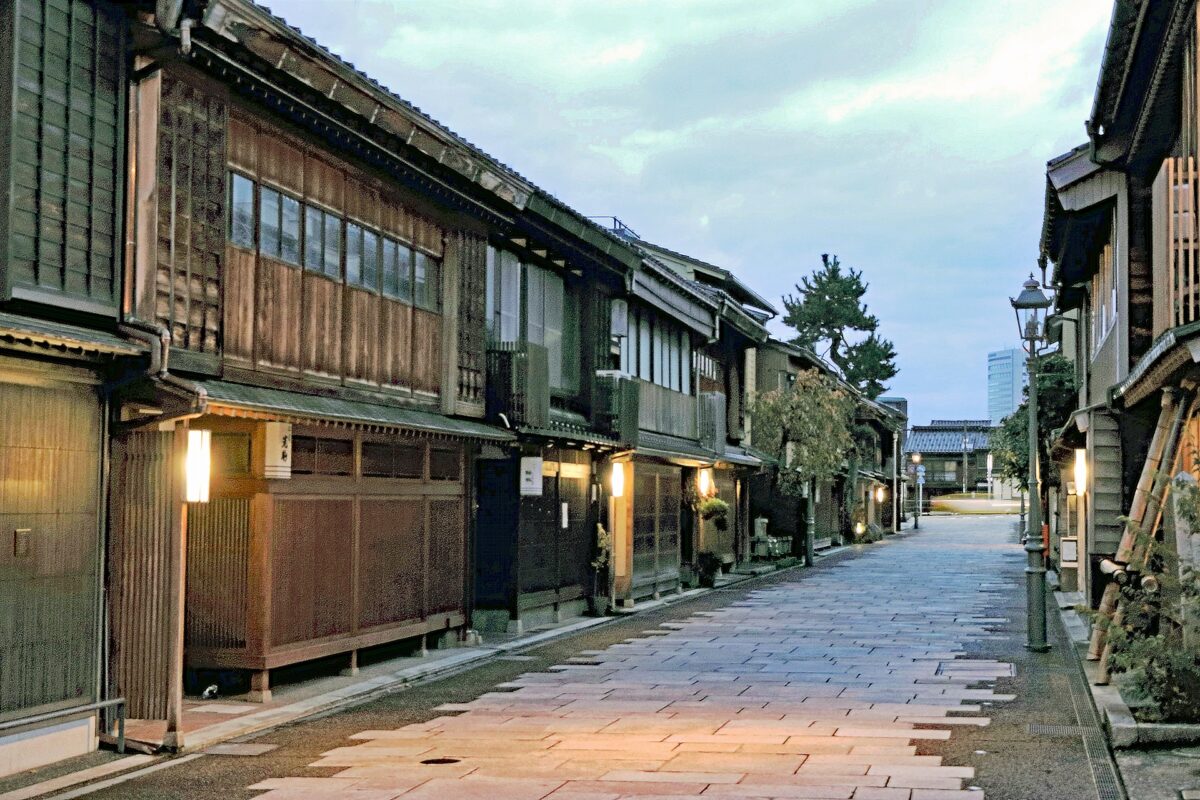
Another must-see attraction in Kanazawa is the Nishi-chaya area. Here you can see the glamorous geiko in action. You will find long-established kappo restaurants and charming stores lined up side by side. When you visit Kanazawa, be sure to enjoy the charm of its hanamachi in the Nishi-chaya area.”
This article features the characteristics of Hanamachi and its charm. Did you find any Hamachi districts that you want to visit? Although some Hanamachi districts have been losing their prosperity these days, local citizens are eager to make their town more attractive toward foreign people visiting Japan. If you are interested in Hanamachi and geisha, it’s very recommended for you to experience their atmosphere and culture by seeing them with your very eyes. Local people also prepare attractive events for visitors! Come to these Hanamachi districts and enjoy learning about their legacy and culture when you come to Japan!
Japan Wonder Travel Tours
Japan Wonder Travel is a travel agency that offers guided tours throughout Japan.
From private walking tours to delicious Food and Drink tours, we can help you organize the best tours just for you! If you want to explore Japan and learn more about the history and backstories of each area you are visiting, our knowledgeable and friendly English speaking guides will happily take you to the best spots!
In addition, we can provide you with any assistance you may need for your upcoming trip to Japan, so please feel free to contact us if you have any questions or need some help!
▶Tokyo Tsukiji Fish Market Food and Drink Tour
Explore the most lively and popular fish market in Tokyo and try some of the local’s favorite street foods and sake with one of our friendly and knowledgeable English speaking guides!

▶Tokyo 1–Day Highlights Private Walking Tour (8 Hours)
There’s no better way to explore an area than taking a tour with a knowledgeable local guide. You will have the chance to learn about the history and interesting background stories of Tokyo, as well as discover some hidden gems which can be hard to do without a guide.

▶Mt. Fuji Day Trip Bus Tour from Tokyo
Experience the breathtaking views of Mt. Fuji by visiting the highlights of the area on our guided sightseeing bus tour! Departing from Shinjuku in central Tokyo, you can travel comfortably to all of the best spots in the area by bus.

▶Kyoto Private Full Day Walking Tour
On this full-day private tour of Kyoto, you will be able to see the highlights of Kyoto in just one day and at the same time develop a deeper understanding of both the culture of the area and Japan as a whole.

Follow us on Instagram, Facebook, Twitter, and TikTok for more travel inspiration. Or tag us to get featured!
Happy traveling!
Stay informed of the best travel tips to Japan, the most exciting things to do and see, and the top experiences to have with the Japan Wonder Travel Newsletter. Every week we will introduce you to our latest content.

